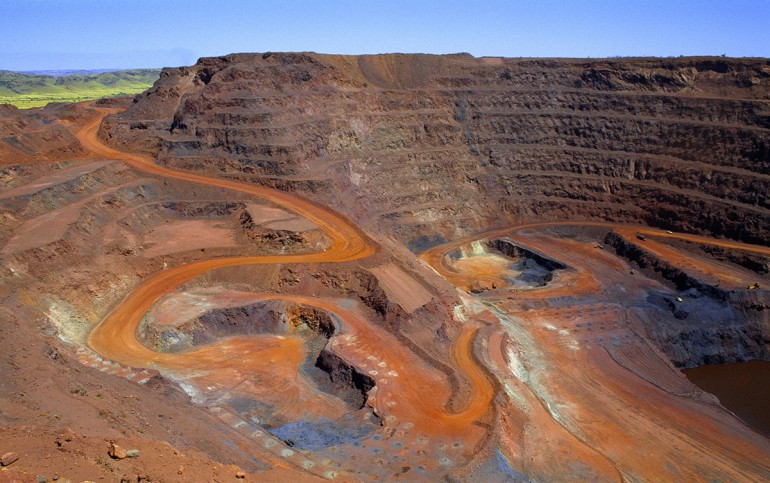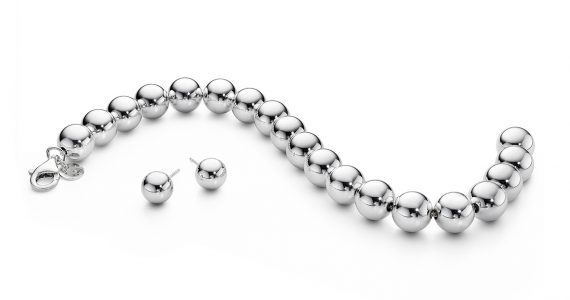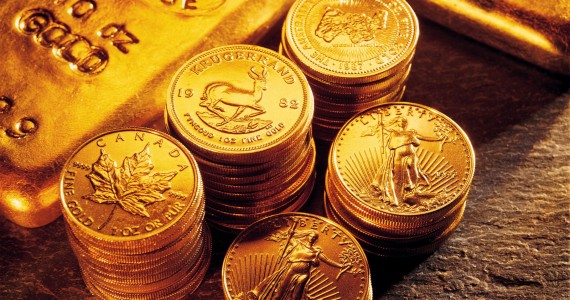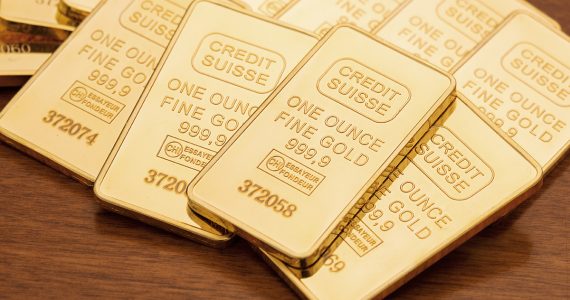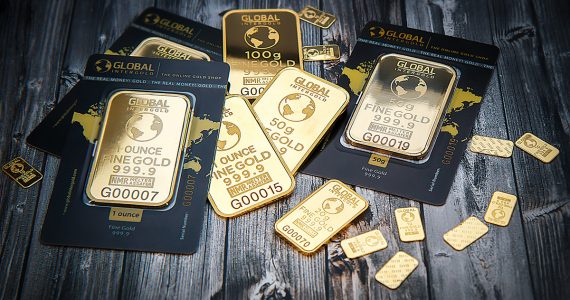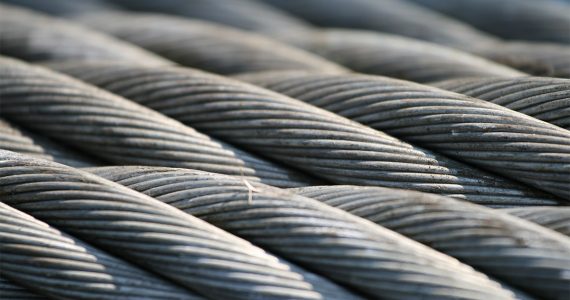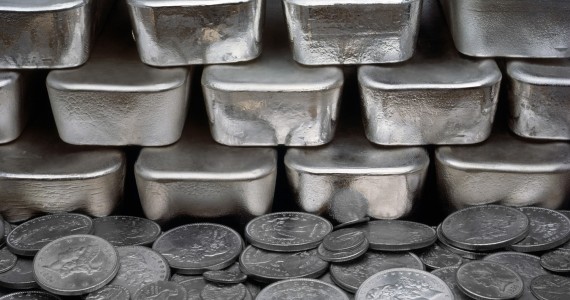Things are changing rapidly for the better for iron ore after a few years of slow growth.
The steelmaking raw material surged by nearly 20% in a single trading day this month on optimism for greater steel demand in China. Iron ore’s price has strengthened from $40 to $60 per ton, a remarkable improvement after going on a decline in the last two years.
This is the biggest rally for iron oil since 2012.
The huge turnaround was prompted by investors betting on China’s increased appetite for the raw material.
Chinese authorities recently announced at the annual National People’s Congress that they were looking at growth of 6.5 to 7 percent by allowing record high deficit spending and higher money-supply target. The government also implied that they were subsidizing cuts to excess capacity in industries like steel.
Chinese finance minister Lou Jiwei said the government could manage a rising debt load as it increased deficit spending to prevent a slide in the country’s GDP growth. He was quoted as saying that China is increasing debt-to-GDP ratio to support medium to high speed rate of economic growth. He added that the government doesn’t want to see a slowdown in economic growth, and that it is willing to give strong support to structural reform.
The news was surprising to many observers because demand outlook for steel in the Asian economic giant has been weak. In 2015, steel output fell for the first time since 1991 shrinking by 2.4 percent.
But the news of China’s plans triggered massive buying of iron ore, even as demand for the raw material in the country increased. Iron ore was trading at around $62 per dry metric ton in China, up by $10 compared to the previous trading day. This was brought about by Chinese mills scrambling to buy the material and increase their supply ahead of the spring and summer seasons.
This was a big surprise as many market watchers predicted that China’s demand for the material was to weaken. In fact, Moody’s Investors Service earlier said steel demand in China would further slide 5 percent this year after a 5 percent slowdown in 2015. BMI Research, meanwhile, predicted output to go down by 50 million tons by the turn of the new decade.
But iron ore has performed well this year despite expectations that it would see further losses due to increased low-cost supply from Brazil and Australia, and weakening demand in China.
Since the start of the year, iron ore has improved by 46 percent. It is 69 percent above multi year lows of $37 a ton which was its price before the start of 2016.
The metal has benefited from various events like supply disruptions in Australia brought about by bad weather, as well as restocking after the Chinese lunar New Year helped kept the market afloat.
Another related development that is seen to contribute to the spike in iron oil price is a major horticultural exposition in the Chinese northern province of Hebei, where authorities want to deliver a smog-free surroundings to its visitors. The city which will host the event, Tangshan, is a major steel producing center.
Mining Companies Benefiting
Sustained increase of iron ore prices can add up to the earnings of some of the largest miners in the world.
For instance, miner BHP Billiton says its net income for this financial year could jump by $150 million for every extra dollar on iron ore price. Rio Tinto, meanwhile, said that earnings would be around $850 million higher if iron ore’s price would be above $50 per ton.
Both BHP and Rio were beneficiaries of the spike in iron oil prices, with its shares in the FTSE 100 increasing by 1.2 percent and 2 percent, respectively.
Rio Tinto, the second-largest iron ore producer in the world, even increased its production to a new record at the ends of last year. The Anglo-Australian miner was optimistic of the performance of iron ore this year that it forecasted an increase in output to 350 million tons this year despite the poor performance of the raw material in previous years.
Rio Tinto CEO Sam Walsh was reported to have acknowledged the challenging market conditions but said his company would continue to ramp up production despite the sluggish performance of iron ore in the past.
Rio Tinto and another big-time miner, Fortescue Metals Group, are projected to perform well this year according to Australia-based Macquarie Bank. Credit Suisse, meanwhile, expects Rio Tinto to outperform its rivals. The investment banks’ projections came in the heels of the increased value of iron ore.
While there have been warnings from market observers that the strengthening of iron ore will be fleeting, iron ore mining companies hope that this run will be sustained.

